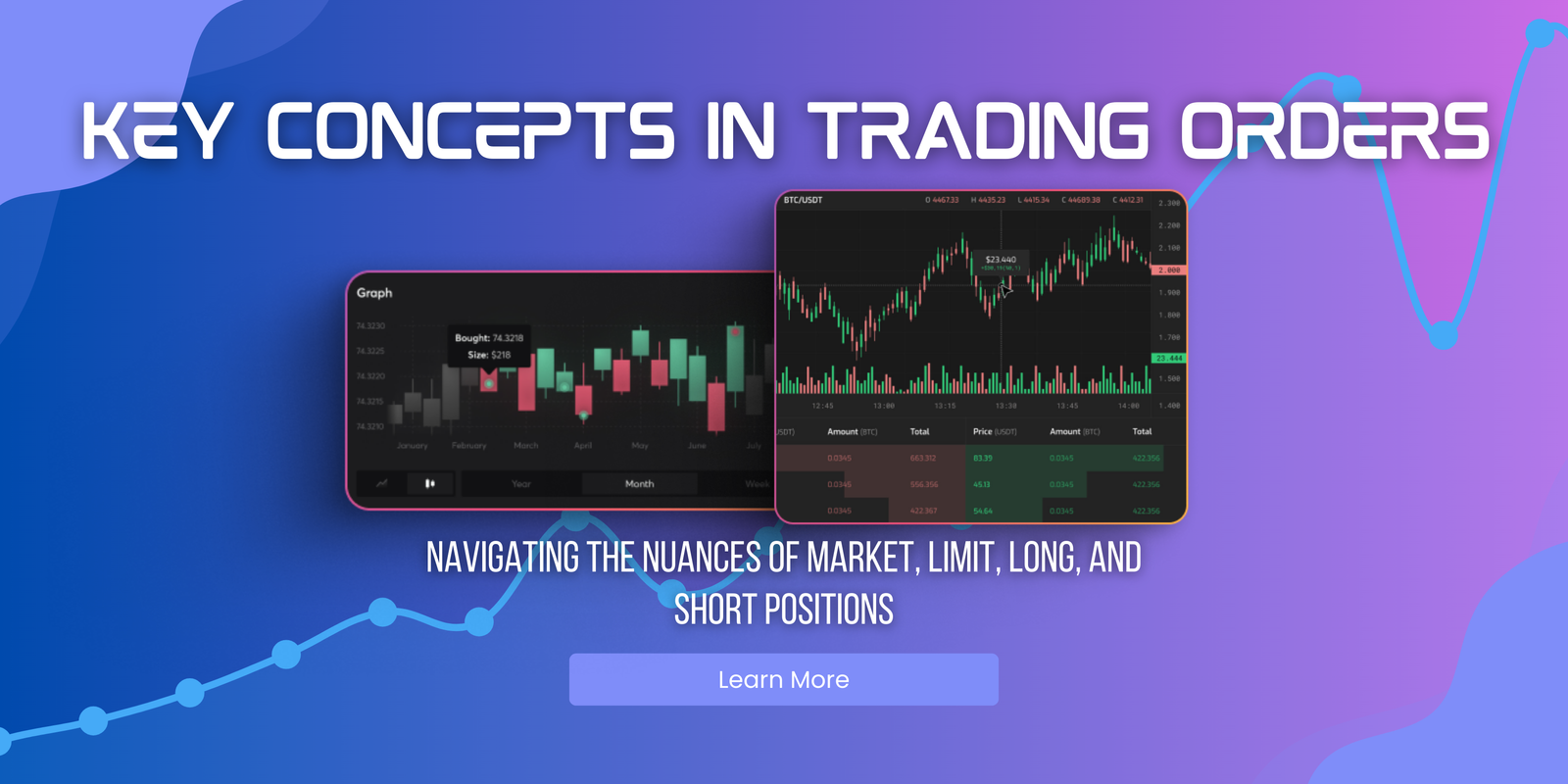Every trading manual or guide emphasizes the importance of having a well-defined trading strategy for achieving success. Primarily, when you choose a forex strategy, it provides you with a clearer understanding of the trading process, thereby reducing the potential for trading risks.A profitable forex strategy serves as a set of instructions. Trading without a structured …
Potential Forex Trading Strategies For Starters

Every trading manual or guide emphasizes the importance of having a well-defined trading strategy for achieving success. Primarily, when you choose a forex strategy, it provides you with a clearer understanding of the trading process, thereby reducing the potential for trading risks.
A profitable forex strategy serves as a set of instructions. Trading without a structured system or plan exposes traders to significant risks. Strictly adhering to such a strategy helps traders avoid numerous pitfalls, especially in the unpredictable market, where mistakes are commonplace.
Your chosen forex strategy should offer guidance on navigating various market conditions, ensuring its adaptability to different situations. It’s advisable not to rely on guesswork when entering or exiting trades. This doesn’t imply that the best forex trading strategy is inflexible; rather, any modifications should be well-justified and carefully considered.
Types of forex trading strategies
Trading strategies can be based on various tools. The most popular trading strategies are:
- Trading strategy based on technical indicators
- Trading strategy based on Bollinger bands
- Trading strategy based on moving averages
- Trading strategy based on technical analysis and price patterns
- Trading strategy based on Fibonacci retracements
- Candlestick trading strategy
- Trend trading strategy
- Flat trading strategy
- Scalping
- Trading strategy based on the fundamental analysis
Three Examples of Potential Forex trading strategies
Important! These strategies make up a basis to develop your own forex trading strategy and do not serve as a complete strategy or complete understanding of the market.
If you do not like the back testing or the performance on a real account, the strategy may not be a fail. You just need to find individual parameters for indicators suitable for a particular asset or a current market situation and configure them to create a framework for a potential trading strategy.
1. Scalping strategy “Bali”
The “Bali” scalping strategy aims to profit from short-term price fluctuations within a defined trading range. Traders employing this strategy are looking to enter and exit positions very quickly, holding trades for only a few minutes at most. By targeting many small trades throughout the day, Bali scalpers look to capture just a few pips profit on each but accumulate gains through high trade frequency. Constant monitoring of price action is required to identify opportunities near the top or bottom of the range along with potentially monitoring other technical variables.
- Trades are entered in the direction of an expected reversal near the high or low of the recent range. The target may be 5-10 pips in profit.
- Stops are placed very close, usually 5-10 pips on the other side of entry, keeping the risk to reward ratio at 1:1 or better on each trade.
- Positions are typically not held overnight and all trades are closed by the end of the trading session each day. News or events that could spark a range break also may signal an exit of all open positions.
- For the Bali strategy to potentially be effective, the market must be demonstrating well-defined trading ranges with low volatility. This allows opportunities to repeatedly enter and exit trades throughout the day.
- By compounding many small wins, Bali scalpers look to profit even if the average win size is just a few pips per trade. Risk is managed by always keeping individual trade sizes very small.
- Constant attention is required as trades may only be held open for minutes. The goal is to capture price moves as close to the highs or lows as possible.
2. Candlestick strategy “Fight the tiger”
“Fight the Tiger” strategy looks to take advantage of reversal patterns formed by specific candlestick formations. As the name suggests, it aims to go against the prevailing market trend, or “fight the tiger.” Traders using this strategy watch for bearish reversal patterns to signal a buy, and bullish patterns to signal a sell. By identifying these patterns, they hope to enter counter-trend positions at opportune times.
- One key pattern this strategy looks for is a long-bodied candlestick with a small shadow or no upper shadow, called a “Dragonfly Doji.” This suggests buyers overwhelmed sellers and hints at a potential trend reversal.
- Another is a candlestick with a small real body that gaps above or below the previous candle. Called a “Spinning Top,” this indecision pattern after a strong move may also act as a reversal signal.
- Positions are entered on the open of the next candle, with the expectation that the prior trend has been reversed. Stops are placed above bullish reversal patterns and below bearish ones.
- Targets are based on typical retracement levels like the 38.2%, 50% or 61.8% Fibonacci retracement of the prior trend’s range. Trades aim to profit from a modest countertrend move.
- Constant monitoring is needed as trends may not reverse and stops could be hit quickly. Not all reversals work and losses must be cut with tight stops. Patience is important to allow patterns to fully form before entering.
- By fighting prevailing trends at opportune candlestick signals, this strategy bets that short-term reversals will provide trading opportunities.
3. “Profit Parabolic” trading strategy based on a Moving Average
The “Profit Parabolic” strategy relies on a moving average to identify trending price action and potential entry and exit points. It aims to profit from strong trends while limiting losses during ranging markets or reversals. Traders using this strategy watch for the price to cross above or below a moving average to signal trend-following trade entries and exits.
- A simple moving average, usually the 20-period, is used to identify the general market trend. When price crosses above, long positions are entered; when it crosses below, shorts are taken.
- Trades are held as long as price remains above the moving average for longs and below it for shorts. This allows the trend to potentially run its course.
- A tight stop-loss is placed below the moving average for longs and above it for shorts. This protects against sudden trend reversals against the position.
- Targets are open-ended, letting winners run as long as the trend persists. Traders aim to catch large trending moves instead of small fluctuations.
- In ranging markets, no trades will be taken until a clean crossover signal occurs. This avoids choppy, non-trending periods.
Constant monitoring is needed to quickly exit any positions if the moving average is crossed against open trades. The goal is catching big trends and cutting losses fast on reversals.








